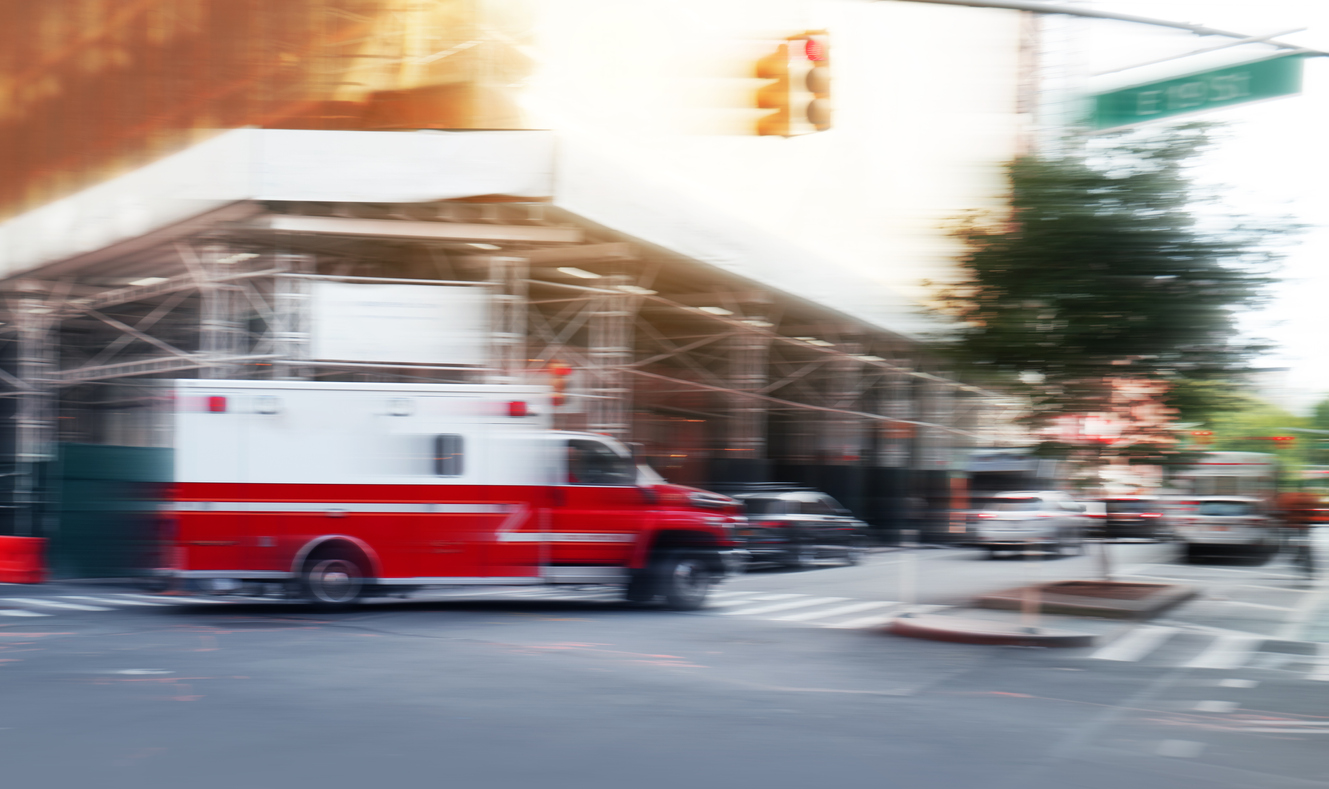
An ambulance accident can provide devastating results, and it is something all EMTs should strive to avoid. Because they travel millions of miles responding to calls, they have a much higher risk of getting into accidents. It is why having accident & health insurance (A&H) is essential.
Preventing An Ambulance Accident
But even with A&H Insurance, EMTs should strive to avoid getting into an ambulance accident when responding to emergencies, transporting patients, or even driving to and from quarters. Here are some suggestions for avoiding and preventing ambulance collisions:
Always Be On-Guard
You never know if other drivers are tired, sleepy, distracted, drunk, or incompetent on the road. It is generally best to assume that everyone else is one or the other to avoid accidents.
It doesn’t mean driving aggressively or being suspicious of everyone driving another vehicle. But it does mean employing defensive driving practices and being ready to react if anyone around you makes the wrong decision or executes a risky maneuver. Anticipating danger will make it easier for you to act appropriately in a worst-case scenario.
Act Appropriately
As EMTs, you should always act appropriately, whether you are the driver or passenger. It means always keeping your seatbelt strapped while the vehicle is in motion and remaining in your assigned spot until there is an excellent reason to move.
Regardless of the situation’s urgency, it should be the policy for drivers to maintain the proper speed according to the road conditions. They should also focus on the road and rear and side view mirrors. It will enable them to assess potential hazards and act accordingly.
Consider Every Zone a Hot Zone
The term “hot zone” refers to the specific site of a call. But to avoid an accident, EMTs should consider every spot and roadway a hot zone. The risk significantly rises when stopping on a busy road.
Ambulance drivers should maintain distance and minimize exposure to other vehicles. Fire trucks and police cruisers can shield incident scenes and reduce the possibility of contact with other cars.
Use Lights and Sirens Judiciously
Some EMTs use red lights and sirens without regard for need and urgency. As valuable as these may be in some situations, they can increase the risk of death and injury when abused or misused.
Ambulances should only use red lights and sirens only when necessary. An ambulance’s right of way applies only to emergencies, and drivers should not abuse this to circumvent speed limits or to beat traffic.
Choose the Appropriate Transport Method
Not every patient’s transport requires an ambulance. In some cases, these vehicles provide little to no benefit to the patient, and other options may be more feasible. Alternatives include the patient’s car, a rideshare service, advanced life support (ALS), or basic life support (BSL) system.
Accidents are sometimes unavoidable, but reducing the risk of getting into one is possible. Following the tips above should help EMTs stay safe on the road.
About Provident Insurance Programs
With roots dating back to 1902, Provident Insurance Programs is a program administrator that serves paid and volunteer firefighters in addition to emergency medical responders with numerous custom-tailored insurance programs. We’ve also extended our expertise and experience to offer benefit plans and coverages to participant groups as well as Transportation Benefits. We are committed to continuing to provide superior customer service, and would be happy to speak with you to provide further information. Give us a call today at (412) 963-1200 to speak with one of our representatives.


